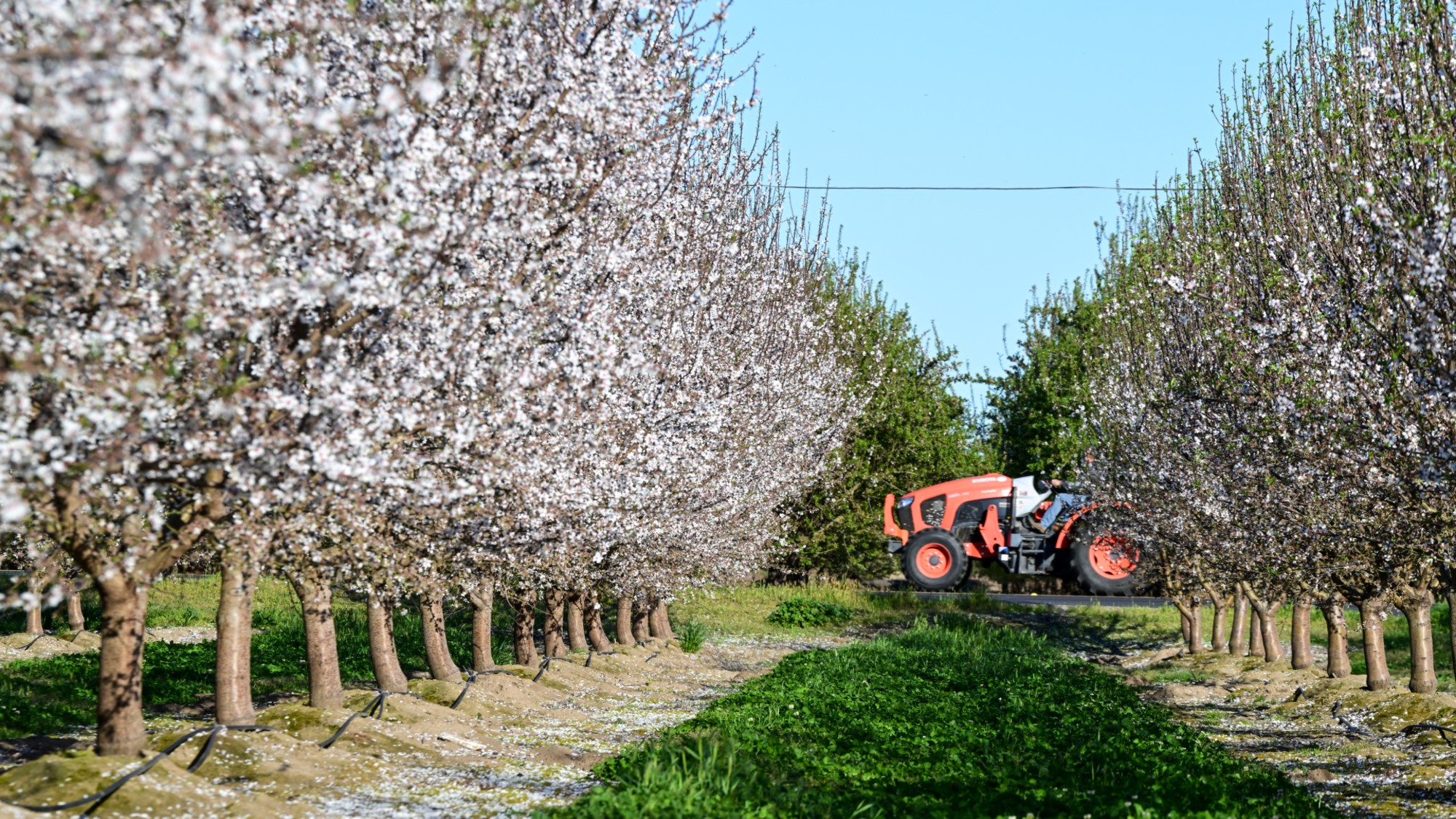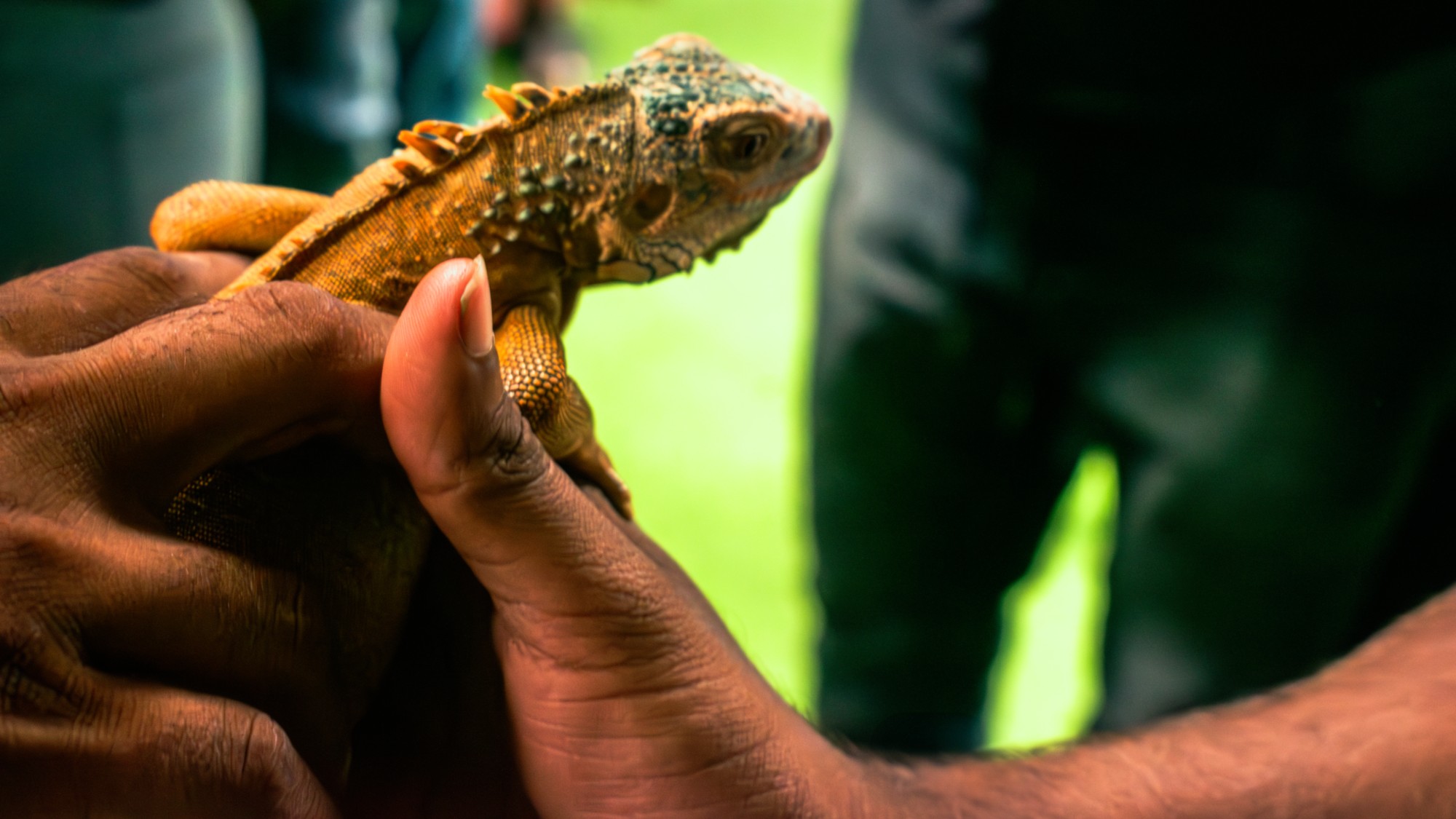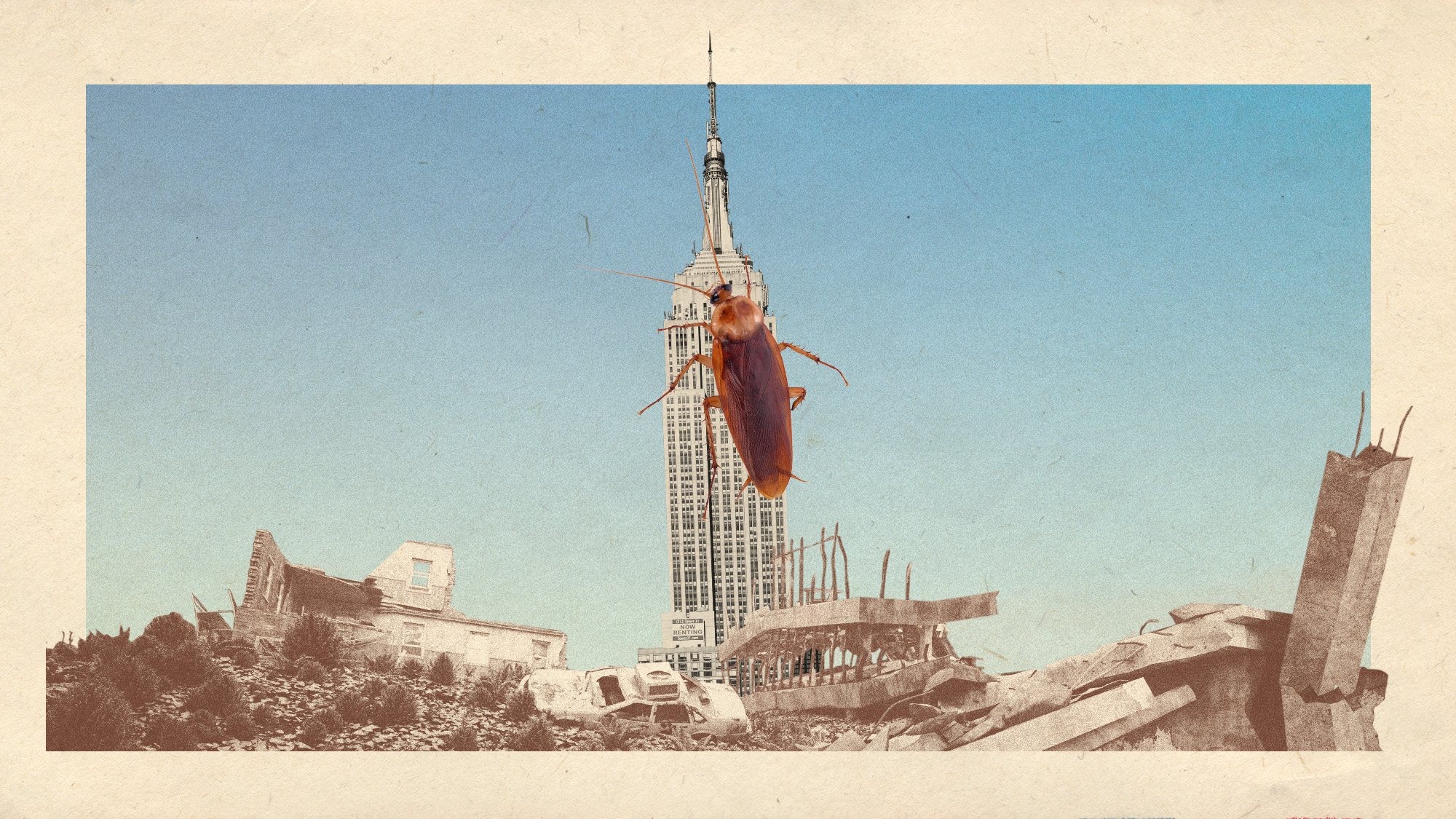A rat infestation is spelling trouble for the almond industry
The infestation has affected at least 100,000 acres in California


The world is seemingly going to the rats, as the United Kingdom is currently facing a significant infestation of rodents. But the U.K. isn't the only place dealing with rat issues, as several thousand miles away, California farmers are trying to fight off an infestation that is causing significant problems for the almond industry.
This influx of rats could devastate not only the almond supply in the U.S. but globally. All of America's commercially grown almonds are produced in California, and the Golden State is responsible for 80% of the world's almond supply, according to the USDA, so producers are trying to stop the rats before they get out of control.
What is happening with the rats?
Almond growers are "facing an unprecedented challenge this season as a severe roof rat infestation" affects portions of California's Central Valley, said the Almond Board of California. Farmers have "reported an alarming spike in rodent populations." The rats are likely "using irrigation canals and other waterways as corridors, enabling them to rapidly spread between orchards and diverse agricultural fields."
The Week
Escape your echo chamber. Get the facts behind the news, plus analysis from multiple perspectives.

Sign up for The Week's Free Newsletters
From our morning news briefing to a weekly Good News Newsletter, get the best of The Week delivered directly to your inbox.
From our morning news briefing to a weekly Good News Newsletter, get the best of The Week delivered directly to your inbox.
These roof rats, commonly called black rats or house rats, are "arboreal, meaning they spend a considerable amount of their life above ground, often building nests in trees," said the Almond Board. But over the last several years, researchers have "noted that in almonds and other tree nuts, they use burrows extensively."
There is "no clear-cut explanation for why rats on a large scale" suddenly "developed a taste for nut trees," said USA Today. But if a solution is not found, it could decimate the almond industry, as the infestation has already "impacted more than 100,000 acres and caused $109 million to $311 million in losses from damage to equipment and crops over a year." And the rats just keep coming; at least one almond grower said he was "exterminating between 50-100 rats a day," according to the Almond Board.
How are almond farmers fighting back?
Growers have been "caught off-guard by the recent explosion of rodents across the state," said Roger Isom, the chief executive of the Western Tree Nut Association, to the Los Angeles Times. California farmers have "never really had a rat issue in almonds ... so we weren't looking for it, or treating for it, or preventing it."
For now, farmers are implementing a number of methods to halt the flow of rats. They are "using bait stations and aluminum phosphide treatments in burrows in the winter and, during non-winter months, are turning to snap traps, owl boxes and fumigating the rats by applying carbon monoxide" into rat burrows, said the Times. But these methods are often labor-intensive and expensive.
Before deploying these traps, farmers "should track the rodents and use game cameras to pinpoint hotspots," said Patch. They should also make "fresh bait available for at least four weeks, followed by longer-term use" for traps.
There are still concerns among farmers that these procedures simply won't be enough to ward off the infestation. "We've never seen anything like this," Isom told USA Today. "I've had growers who have lost more than half their yield. We're not going to know until this year's crop is in whether it was just weather-related or it was due to rat damage. It has certainly affected orchards. Hopefully we can get ahead of this thing and prevent it from becoming a big, big issue."
Justin Klawans has worked as a staff writer at The Week since 2022. He began his career covering local news before joining Newsweek as a breaking news reporter, where he wrote about politics, national and global affairs, business, crime, sports, film, television and other news. Justin has also freelanced for outlets including Collider and United Press International.
-
 What new cryptocurrency regulations mean for investors
What new cryptocurrency regulations mean for investorsThe Explainer The Treasury and the Financial Conduct Authority aim to make the UK a more attractive and safer place for crypto assets
-
 The Salt Path Scandal: an ‘excellent’ documentary
The Salt Path Scandal: an ‘excellent’ documentaryThe Week Recommends Sky film dives back into the literary controversy and reveals a ‘wealth of new details’
-
 AI griefbots create a computerized afterlife
AI griefbots create a computerized afterlifeUnder the Radar Some say the machines help people mourn; others are skeptical
-
 Africa could become the next frontier for space programs
Africa could become the next frontier for space programsThe Explainer China and the US are both working on space applications for Africa
-
 Parthenogenesis: the miracle of 'virgin births' in the animal kingdom
Parthenogenesis: the miracle of 'virgin births' in the animal kingdomThe Explainer Asexual reproduction, in which females reproduce without males by cloning themselves, has been documented in multiple species
-
 NASA is moving away from tracking climate change
NASA is moving away from tracking climate changeThe Explainer Climate missions could be going dark
-
 Rabbits with 'horns' sighted across Colorado
Rabbits with 'horns' sighted across Coloradospeed read These creatures are infected with the 'mostly harmless' Shope papilloma virus
-
 'Thriving' ecosystem found 30,000 feet undersea
'Thriving' ecosystem found 30,000 feet underseaSpeed Read Researchers discovered communities of creatures living in frigid, pitch-black waters under high pressure
-
 What would happen to Earth if humans went extinct?
What would happen to Earth if humans went extinct?The Explainer Human extinction could potentially give rise to new species and climates
-
 Bad news, alpha males. You likely don't actually exist.
Bad news, alpha males. You likely don't actually exist.Under the radar Most primate communities are egalitarian
-
 Scientists and Peter Jackson attempt to bring back an extinct bird — kind of
Scientists and Peter Jackson attempt to bring back an extinct bird — kind ofIn the Spotlight Colossal Biosciences was the company behind the 'resurrected' dire wolves
